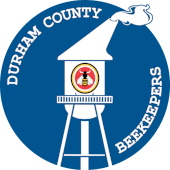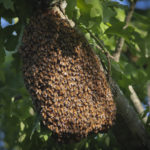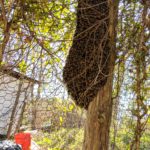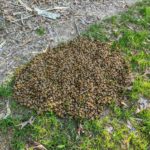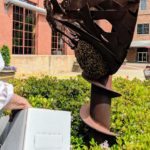Swarms
Do you see a large clump of bees hanging from a tree branch, a fence post, or maybe hanging out at American Tobacco?
If you have a match, then you probably see a swarm. Jump over to Step 1 →
Not sure? Keep on reading.
Is it a honey bee?
Flying insects can be difficult to identify if they refuse to stop buzzing around our heads. The key attributes to look for when discerning a bee from a wasp is fuzzy vs shiny.
- Honey bees are fuzzy, as all cute animals should be.
- Wasps are bald and shiny. Also they are skinny, and have a more pronounced “wasp waist”
Is it a Swarm?
The word “swarm” is often used to describe just any large population of insects on the move, but its meaning is much more specific when speaking of Honey Bees. A swarm is not merely a lot of bees flying around, though you may see many bees flying around the swarm. The swarm is actually a relatively calm cluster of bees perched on some surface. A bee ball, as it were.
Honey Bee Swarms are Common but Not Dangerous
By Donald Lewis, Department of Entomology, Iowa State –
Swarming is a natural process in the life of a honey bee colony. Swarming occurs when a large group of honey bees leaves an established colony and flies off to establish a new colony, essentially creating two from one. Swarming is a natural method of propagation that occurs in response to crowding within the colony. Swarming usually occurs in late spring and early summer and begins in the warmer hours of the day. [https://hortnews.extension.iastate.edu/2012/5-16/swarms.html]
Here are a couple great articles written by NC Cooperative Extension agents: Why Bees Swarm, “Bee” Aware for Bee Swarms
Report a Swarm
Step 1: Take a picture
Try to capture the whole thing
Step 2: Jot down notes
What’s the closest street address?
How high off the ground is it?
Step 3: Call, text, or email
Matthew Yearout
919-627-3405
yearout@gmail.com
Donna Devanney
919-451-9552
thebeecharmer@frontier.com
